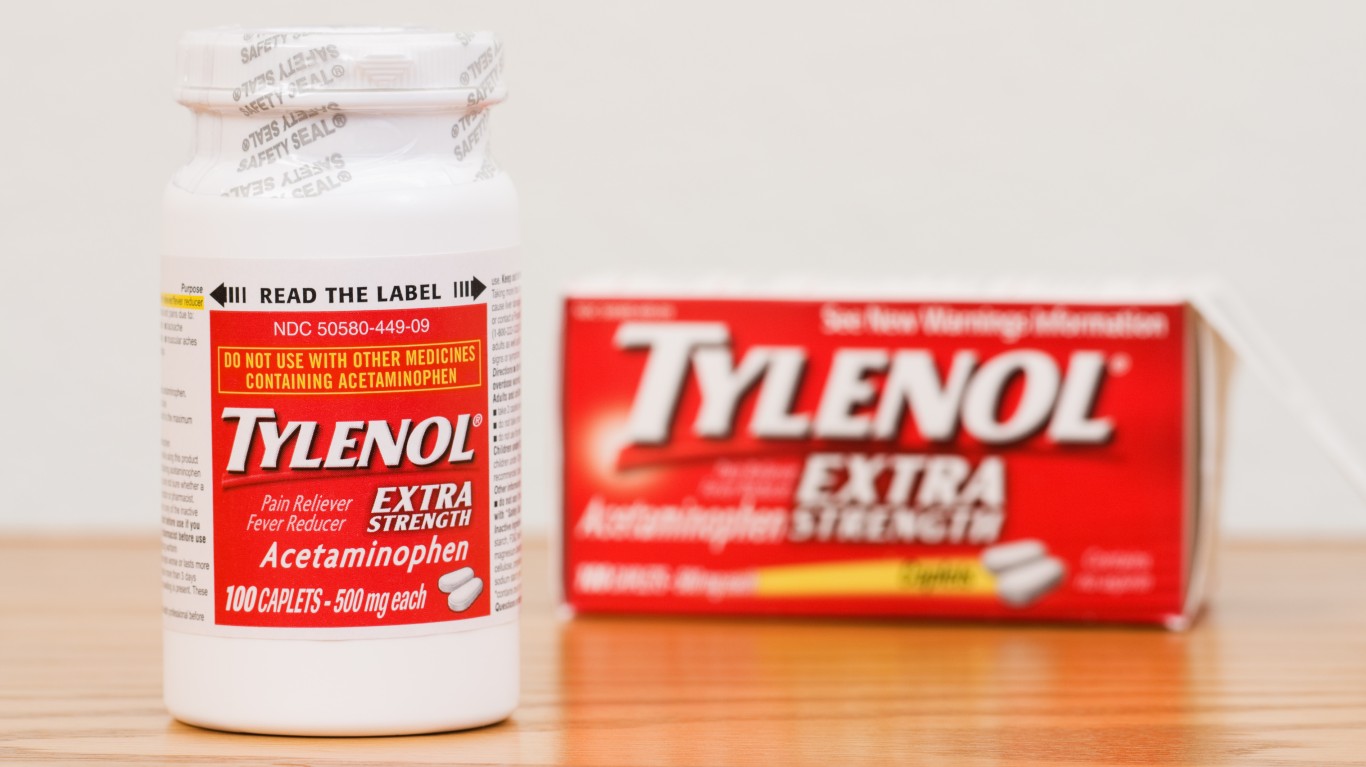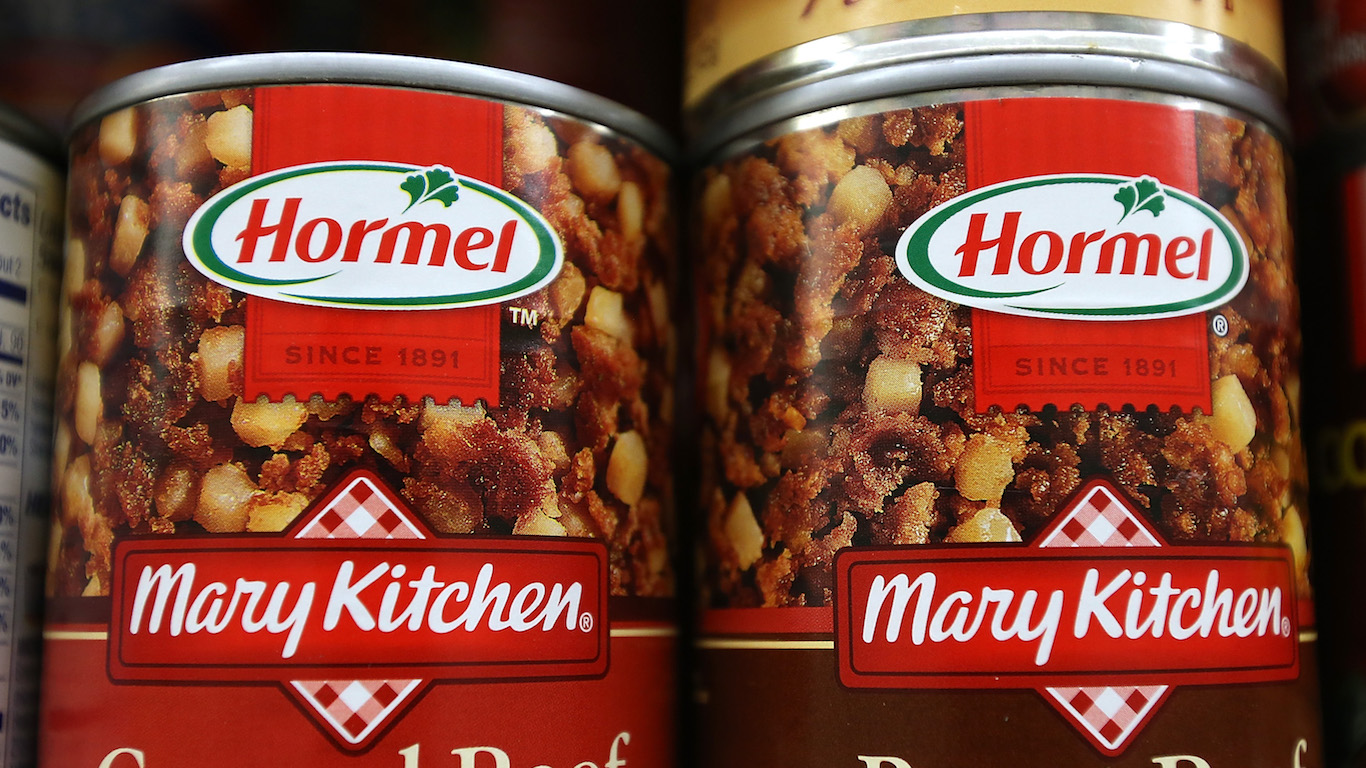Investing
Passive Income Matters: These 3 Stocks Are Perennial Dividend Growers Worth Buying

Published:

Dividends represent the portion of a company’s earnings paid to shareholders, typically on a quarterly basis. Determined by the board, dividends can be distributed as cash or additional shares. A typical dividend announcement includes the payment date and the dividend yield, reflecting the dividend amount per share as a percentage of the share price.
While that may be an overly simplistic explanation of what most dividend stocks are – companies that pay investors for their patronage – it’s generally true that dividend paying stocks are more mature, in industries where they have a strong competitive position, and generally have reasonably solid balance sheets as well. That’s a good place to start for any investor looking to generate long-term wealth.
However, companies that raise their dividends on a consistent basis take that premise to the next level. Indeed, growing a dividend for an extended period of time can provide the kind of compounded annual income growth many investors want. These compounded dividends can add up to some significant sums – even more if they’re reinvested (generally).
For those looking for top dividend growth stocks to consider right now, here are three companies atop my personal list.

Fortis (NYSE:FTS) is a leading North American utility with operations in Canada, the U.S., and the Caribbean. As a top North American utilities company, Fortis is known for its defensive stature and cash flow consistency. Given the vast majority of its operations are regulated, and 99% of the company’s business is under long-term contracts, the company provides about as much revenue and earnings stability as a company can.
This relative lack of volatility allows Fortis to invest confidently in both growth projects, while at the same time returning capital to shareholders. Inf act, the company has done just that for more than 50 years, raising its distribution each and every year over this time frame.
Like other utilities players, Fortis saw its stock decline over the past two years, but has since been making a comeback. In fact, Fortis is not trading within spitting distance of a 52-week high and around 10% off its all-time high. That’s not bad performance, and makes the company’s current dividend yield of 4% seem even more attractive in this respect.

Kenvue (NYSE:KVUE) was recently spun off from Johnson & Johnson (NYSE:JNJ) in a rather large deal that made a splash, in part due to the lack of deals in the market at the time. However, Kenvue’s consumer health products portfolio is impressive, and it should be no surprise that this IPO went off without a hitch.
With world-renowned brands like Tylenol and Neutrogena, Kenvue remains a pivotal player in the world of over-the-counter drugs and medications. The company’s share price has seen some volatility of late, but this has mostly been to the upside of late. In fact, after a strong Q2 earnings report, KVUE stock saw a 14.7% jump in one day. Trading at 19.9-times forward earnings and 2.7-times sales, KVUE stock offers a discount compared to peers like Procter & Gamble and Colgate-Palmolive, suggesting it’s a potential buy for those investors with a value tilt.
On August 6, Kenvue reported stronger-than-expected Q2 earnings, driving the stock to a record high. Revenue of $4 billion exceeded forecasts of $3.93 billion, despite a slight year-over-year drop. Adjusted EPS rose 3.2% to $0.32, surpassing analysts’ $0.28 estimate. Additionally, the company’s gross profit margin improved by 410 basis points to 61.6%, driven by supply chain efficiencies.
Kenvue reaffirmed its 2024 guidance, expecting adjusted EPS between $1.10 and $1.20, with sales growth of 1% to 3%. This outlook exceeded analyst expectations and reflects strong operational performance, which should allow the dividend growth stock to continue doing what it’s doing and pass on more of its cash flow back to shareholders.

Hormel Foods (NYSE:HRL) is among the Minnesota-based companies that’s faced a number of challenges of late. The company’s heavy reliance on poultry and pork has led to pricing issues, which have been more noticeable of late with wild fluctuations in commodity prices, harkening back to issues in prior years such as swine fever, bird flu, and COVID-19 disruptions. Despite acquiring Planters for $3.3 billion in June 2021, the company’s earnings have declined, with Homel forced to add debt, causing its stock to drop over 36% since the deal was completed.
The company saw stable segment volumes in fiscal Q2 2024, with food service volumes up 2.9% year-over-year. Hormel exceeded earnings expectations in consecutive quarters and achieved a 55% increase in operating cash flow, totaling over $640 million for the year. This was largely due to solid progress made on the company’s strategic initiatives, with Hormel’s management team positioning the firm for improved performance and long-term growth.
Hormel has increased its dividend at an annualized rate of about 12% over the past decade, a notable achievement in the slow-growth consumer staples sector. However, recent increases have slowed: 6.1% in 2022, 5.7% in 2023, and just 2.7% in 2024. Despite this, Hormel has maintained its 57-year streak of annual dividend increases, earning it Dividend King status, and giving the stock a place on this list (for now).
Thank you for reading! Have some feedback for us?
Contact the 24/7 Wall St. editorial team.